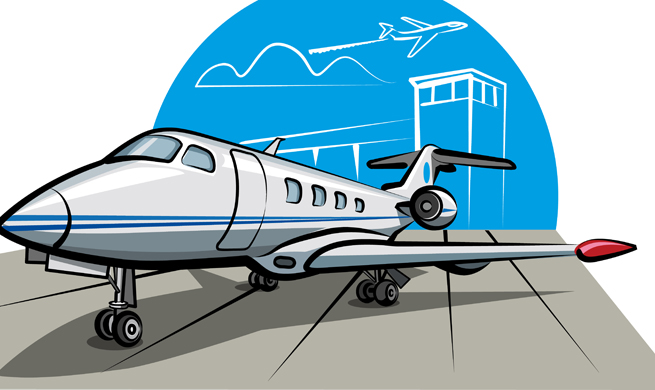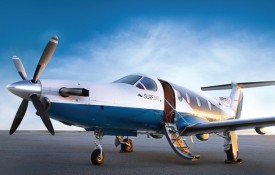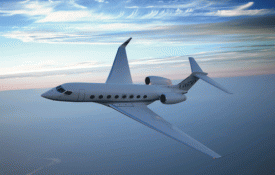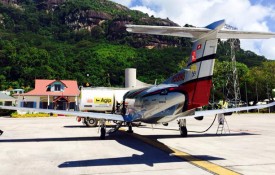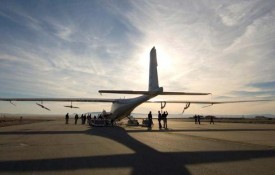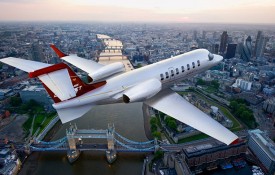 In the face of critical press and the “anti-one-percenter” slant, the fact remains that businesses are moving at an ever-increasing pace. Despite this spike in efficiency and the fact that change is the most consistent part of our lives, we still depend on face-to-face interpersonal connection.
In the face of critical press and the “anti-one-percenter” slant, the fact remains that businesses are moving at an ever-increasing pace. Despite this spike in efficiency and the fact that change is the most consistent part of our lives, we still depend on face-to-face interpersonal connection.
Taking the necessary steps to achieve face time in 2014 often means bypassing major airports in major metropolitan areas. Recent studies paint a vivid picture; the who’s who of the business world is no longer interested in intrusive TSA lines, unnecessary layovers, and last-minute technical snafus on the tarmac.
A seldom-considered advantage of bypassing the commercial flight is the fact that there are ten times as many airports accessible by private aircraft (5,000) than commercial (500). Of those, 3 of the nation’s 10 busiest aviation centers that allow general aviation are located in Southern California.
The general versus commercial battle is not being waged on Wall Street, or even in “the C-Suite.” It is taking place on Main Street, adversely affecting jobs throughout the country (our region included). According to Entrepreneur, 70 percent of private air travel is generated by small businesses (less than 1,000 employees). These same “small” businesses create 60 to 70 percent of the jobs in the U.S.
The fact is that general, or noncommercial, aviation is no longer a lavish luxury separating the “haves” from the “have nots.” Rather than terming it “private” and shying away from it, call it what it is: business aviation. Fall in line and fly with the best of them.
- Among Business Week’s “50 Most Innovative Companies,” 95 percent fly general
- Among Fortune’s 100 Best Places to work,” 86 percent fly general
- Among Business Week’s “25 Best Customer Service Companies,” 90 percent fly general
- Among Business Week/Interbrand’s “100 Best Brands,” 98 percent fly general
- Among Fortune’s “50 World’s Most Admired Companies,” 95 percent fly general
Team Travel Then … and Now
The Los Angeles Lakers
Aviation history has not always been on this franchise’s side. “I was in the league when we flew commercial,” recalls Lakers’ Head Athletic Trainer Gary Vitti. “We could not leave after a game so we would have to spend the night and take the first flight out the next morning.… This translated into waking up at the crack of dawn and interrupting sleep patterns, adversely affecting recovery.”
Today, the Lakers fly private, which allows the training staff to monitor the players’ diets and rehabilitation as well as provide the coaching staff the ability to review game film and strategize on state-of-the-art video equipment. Traversing the country (28 different cities) for a six-month-long season is taxing, even for highly conditioned, professional athletes. The added bonus of international first-class seats provides extra space and comfort for the team, whose current roster averages 6’7” in height.






































